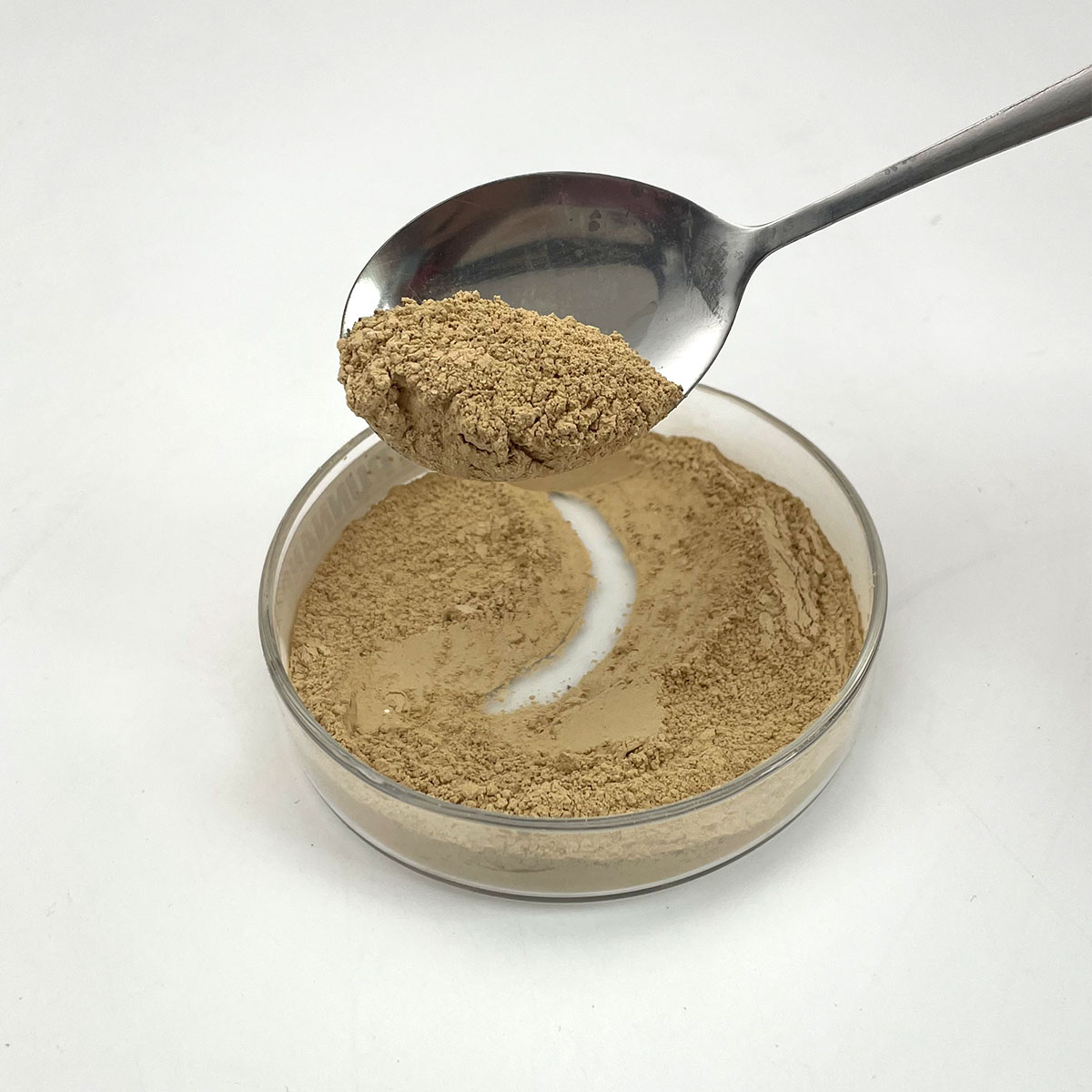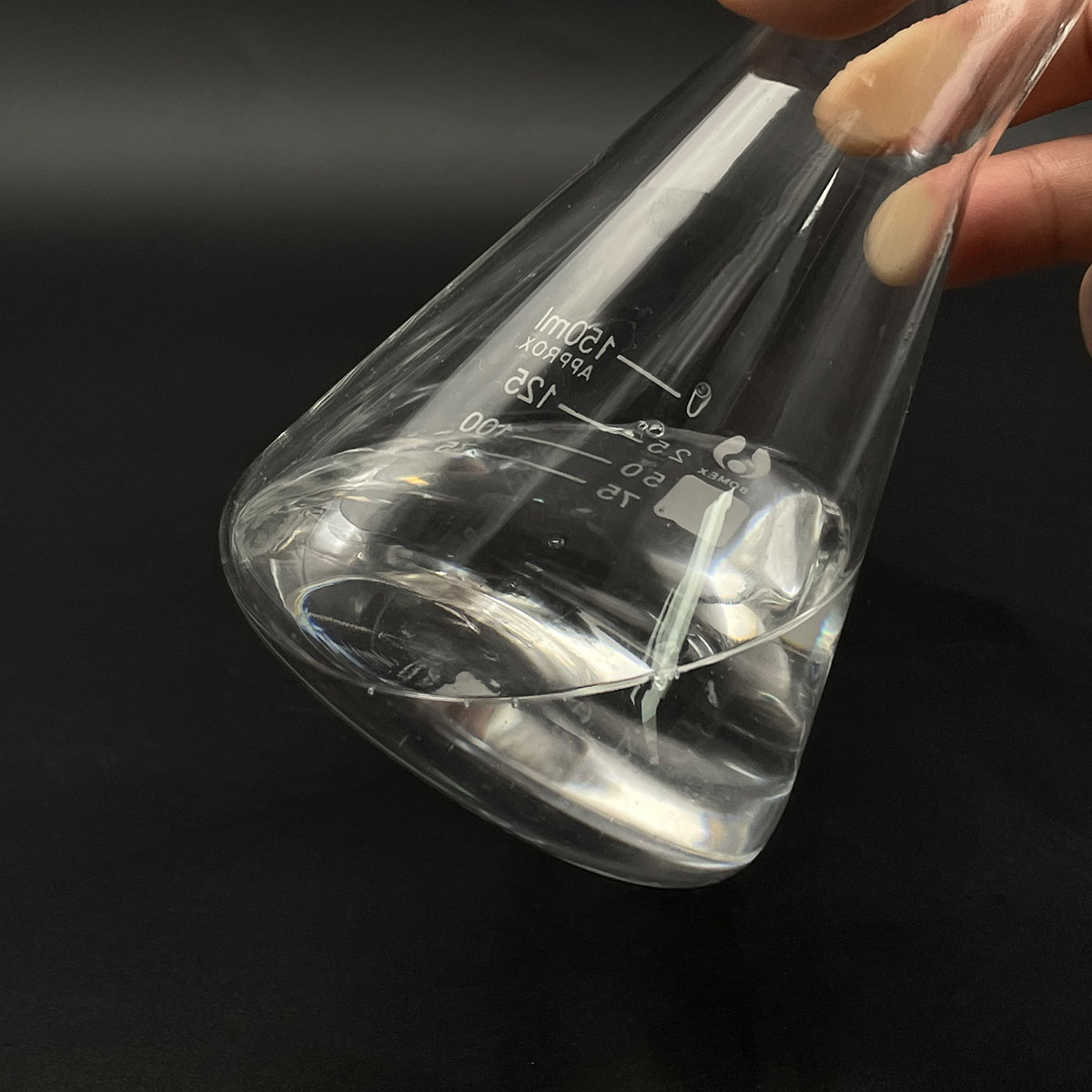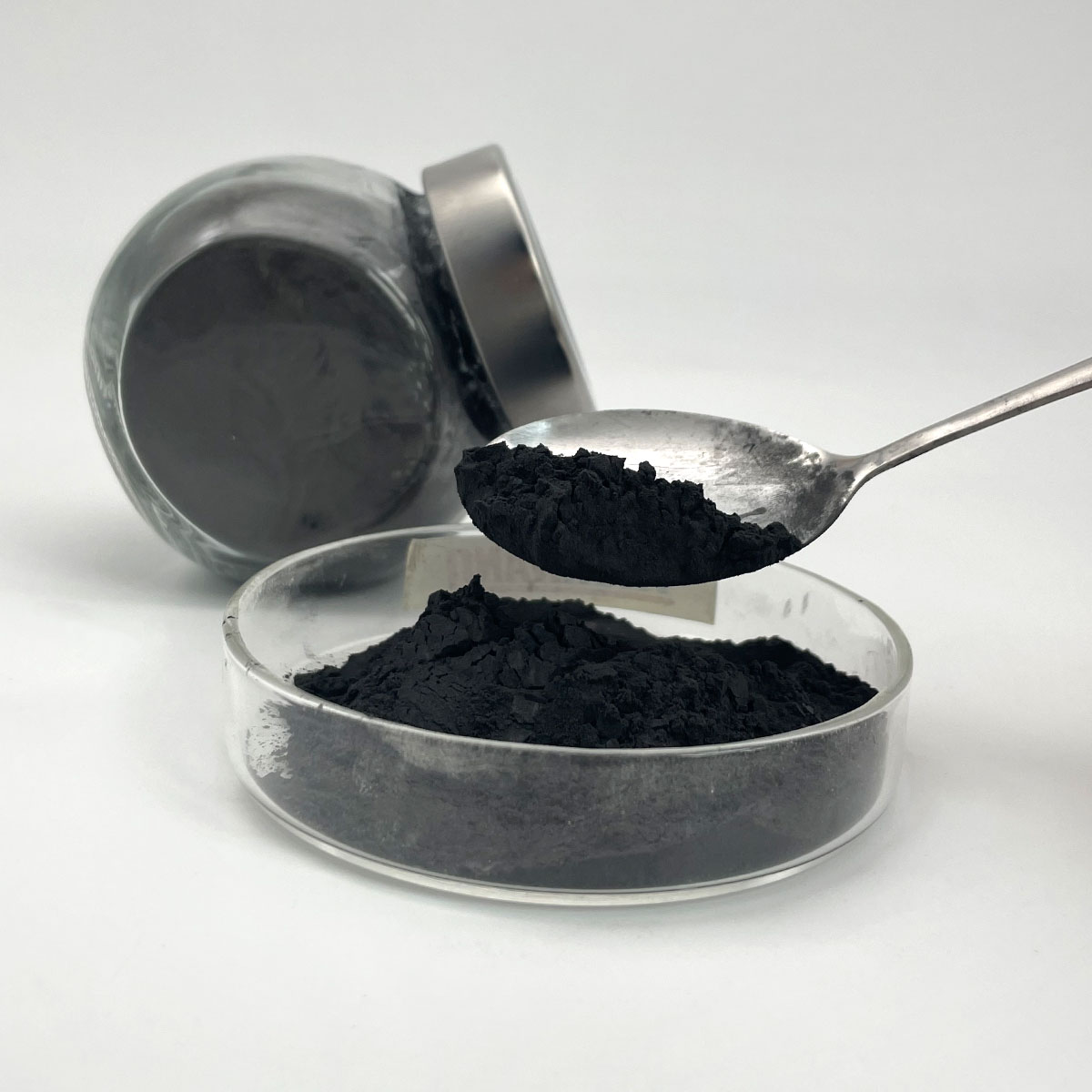Overview of Good Polyelectrolyte Cationic Polymer Polyacrylamide PAM for Sludge Wastewater Treatment
Polymer surfactants, also known as polymeric surfactants or amphiphilic polymers, are high-molecular-weight compounds that combine the properties of traditional low-molecular-weight surfactants with the unique features of polymers. Unlike small molecule surfactants, polymer surfactants offer enhanced stability, improved solubility, and the ability to form more complex structures such as micelles, hydrogels, and vesicles. These macromolecules find applications across a wide range of industries due to their tailored structures and tunable properties, which allow for precise control over interfacial behavior and solution rheology.
Features of Good Polyelectrolyte Cationic Polymer Polyacrylamide PAM for Sludge Wastewater Treatment
-
Molecular Weight and Structure: With a much higher molecular weight, polymer surfactants offer enhanced stability in harsh conditions and over prolonged periods compared to small molecule surfactants.
-
Tunability: The structure of polymer surfactants can be precisely engineered to include different functional groups, monomer sequences, and architectures, allowing for specific interactions and properties.
-
Multifunctionality: Apart from surface activity, they can also provide additional functionalities like thickening, rheology modification, and controlled release capabilities.
-
Self-Assembly: Capable of forming sophisticated self-assembled structures like micelles, hydrogels, and vesicles, which can encapsulate or release active ingredients in a controlled manner.
-
Environmental Compatibility: Many polymer surfactants are designed to be biodegradable and less toxic, making them suitable for eco-friendly applications.
-
Temperature and pH Responsiveness: Some polymer surfactants exhibit responsive behavior to changes in temperature or pH, enabling stimuli-responsive systems.

(Good Polyelectrolyte Cationic Polymer Polyacrylamide PAM for Sludge Wastewater Treatment)
Specification of Good Polyelectrolyte Cationic Polymer Polyacrylamide PAM for Sludge Wastewater Treatment
Excellent Polyelectrolyte Cationic Polymer Polyacrylamide (PAM) is developed for sludge wastewater treatment. It works by binding solid particles in water, making them clump with each other for easy removal. The item comes as white granules or powder. It dissolves quick in water, creating a sticky option that catches put on hold solids efficiently.
This cationic PAM has a high favorable cost density. It functions well in wastewater with organic or inorganic sludge. The polymer’s cost counteracts adversely billed bits in the water. This creates bigger globs, quickening resolving or filtration.
The molecular weight arrays in between 8-15 million Daltons. Greater molecular weight enhances bridging between fragments, boosting efficiency. The product liquifies completely in 30-60 minutes when blended effectively. Use tidy, room-temperature water for preparation. Stay clear of including excessive at the same time to prevent clumping.
The advised dose is 0.1-10 parts per million (ppm), relying on sludge concentration. Examination little batches initially to find the correct amount. Overdosing might trigger excess foam or reduce clearness. Readjust pH between 4-10 for best results. The product works in a lot of industrial wastewater types, including local, mining, and fabric effluents.
Store the polymer in a dry, awesome place away from sunshine. Maintain the packaging secured to stay clear of dampness. Life span is one year if saved properly. Usage polyethylene or stainless-steel containers for mixing. Prevent call with iron or copper to prevent chemical reactions.
Product packaging alternatives include 25kg bags or customized bulk orders. The item fulfills global security requirements. It is safe yet needs handwear covers and goggles throughout handling. Stay clear of inhaling dust during prep work. Rinse skin instantly if call happens.
The polymer decreases sludge volume considerably, reducing disposal costs. It improves water clearness, meeting discharge laws. It works with belt presses, centrifuges, or resolving tanks. Compatibility examinations are recommended for complex wastewater systems. Trustworthy efficiency depends on appropriate application, mixing, and equipment arrangement.

(Good Polyelectrolyte Cationic Polymer Polyacrylamide PAM for Sludge Wastewater Treatment)
Applications of Good Polyelectrolyte Cationic Polymer Polyacrylamide PAM for Sludge Wastewater Treatment
Polyelectrolyte cationic polymer polyacrylamide (PAM) plays a key role in sludge wastewater therapy. Its unique homes make it efficient for taking care of commercial and municipal waste. PAM jobs by binding particles in water. This produces bigger clumps. These clumps resolve quicker. This process enhances water clearness. It also decreases therapy time.
One significant use of PAM is coagulation. It counteracts fees on put on hold particles. This stops particles from warding off each other. They stick together instead. This action is essential for removing fine solids. Factories and treatment plants depend on this to handle hefty sludge lots.
PAM additionally help in dewatering sludge. Treated sludge often has high moisture. PAM enhances the sludge framework. It develops a firmer matrix. This makes mechanical dewatering simpler. Filters or centrifuges then get rid of water successfully. The outcome is drier sludge. Transport and disposal prices drop.
One more essential use is minimizing smell. Sludge decay launches hazardous gases. PAM decreases organic matter breakdown. This lowers gas production. Workers and close-by communities benefit from safer air top quality.
PAM is adaptable. It operates in acidic or alkaline conditions. Treatment systems vary commonly. PAM adapts to different pH levels. This adaptability makes sure regular performance throughout sectors.
Ecological safety matters. Premium PAM is non-toxic. It breaks down right into safe compounds after use. Governing criteria are fulfilled. Ecological communities stay safeguarded.
Cost-effectiveness drives its appeal. Little doses provide solid results. Much less chemical use cuts expenses. Equipment lasts much longer due to reduced obstructing. Maintenance costs diminish.
Choosing the ideal PAM kind issues. Molecular weight and fee density affect outcomes. Specialists evaluate sludge make-up initially. Personalized solutions make the most of efficiency. Correct application makes certain optimal treatment.
Company Profile
SurfactantChina is a trusted global chemical material supplier & manufacturer with over 12-year-experience in providing super high-quality surfactant and relative products.
The company has a professional technical department and Quality Supervision Department, a well-equipped laboratory, and equipped with advanced testing equipment and after-sales customer service center.
If you are looking for high-quality surfactant and relative products, please feel free to contact us or click on the needed products to send an inquiry.
Payment Methods
L/C, T/T, Western Union, Paypal, Credit Card etc.
Shipment
It could be shipped by sea, by air, or by reveal ASAP as soon as repayment receipt.
5 FAQs of Good Polyelectrolyte Cationic Polymer Polyacrylamide PAM for Sludge Wastewater Treatment
What is cationic polyacrylamide (PAM) used for in sludge wastewater treatment?
Cationic PAM is a water-soluble polymer. It helps separate solids from liquids in sludge. The process improves dewatering efficiency. It reduces sludge volume. This cuts disposal costs. Industries like municipal wastewater plants and factories use it widely.
How does cationic PAM work?
The polymer carries a positive charge. It attracts negatively charged particles in sludge. This causes small particles to clump into larger masses. These masses settle faster. They release water more easily. The result is clearer water and thicker sludge.
What is the recommended dosage for cationic PAM?
Dosage depends on sludge type and concentration. Start with 0.1-0.3% of dry sludge weight. Test small batches first. Adjust based on dewatering results. Too much polymer creates sticky sludge. Too little gives poor separation. Follow supplier guidelines for best outcomes.
Is cationic PAM safe for the environment?
Yes. It meets most environmental regulations. The polymer breaks down slowly. Use controlled amounts to avoid overuse. Non-toxic residues remain after treatment. Always check local rules before application. Proper handling prevents risks to ecosystems.
Can cationic PAM replace other sludge treatment chemicals?
It often works better than inorganic coagulants like alum. It requires lower doses. It produces less waste. Sometimes combining it with other chemicals improves results. Compare costs and performance for specific sludge types. Organic alternatives exist but may cost more.

(Good Polyelectrolyte Cationic Polymer Polyacrylamide PAM for Sludge Wastewater Treatment)






